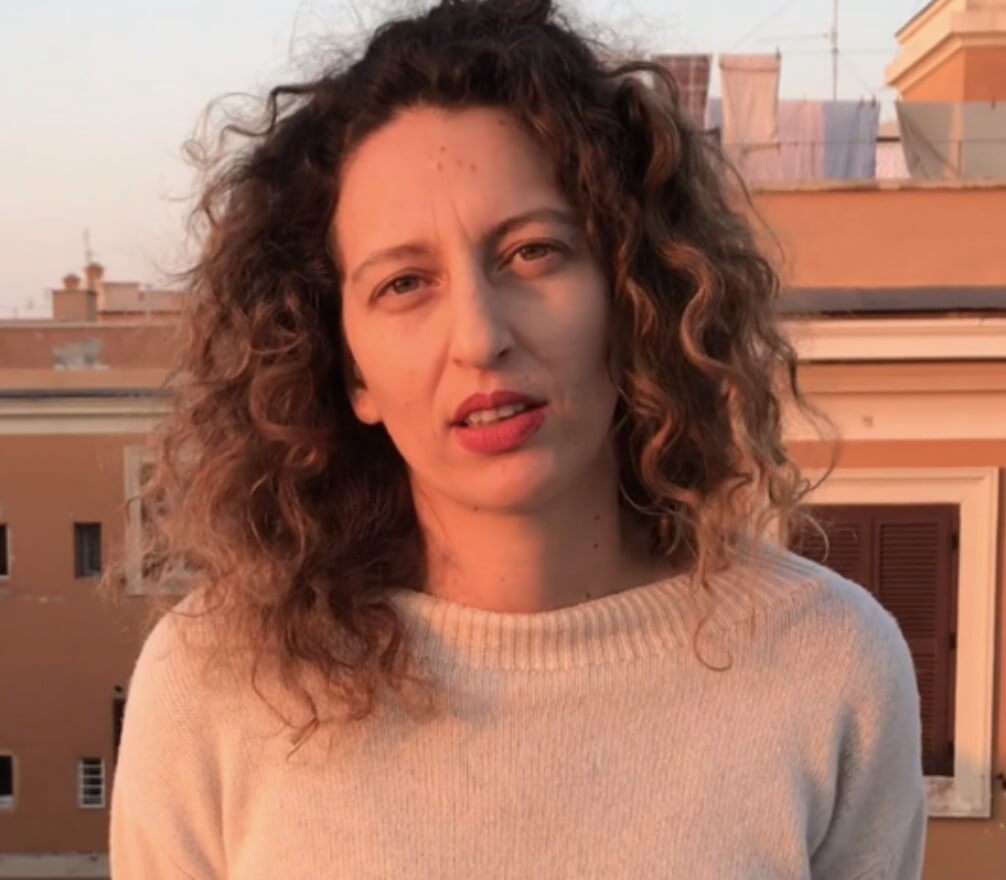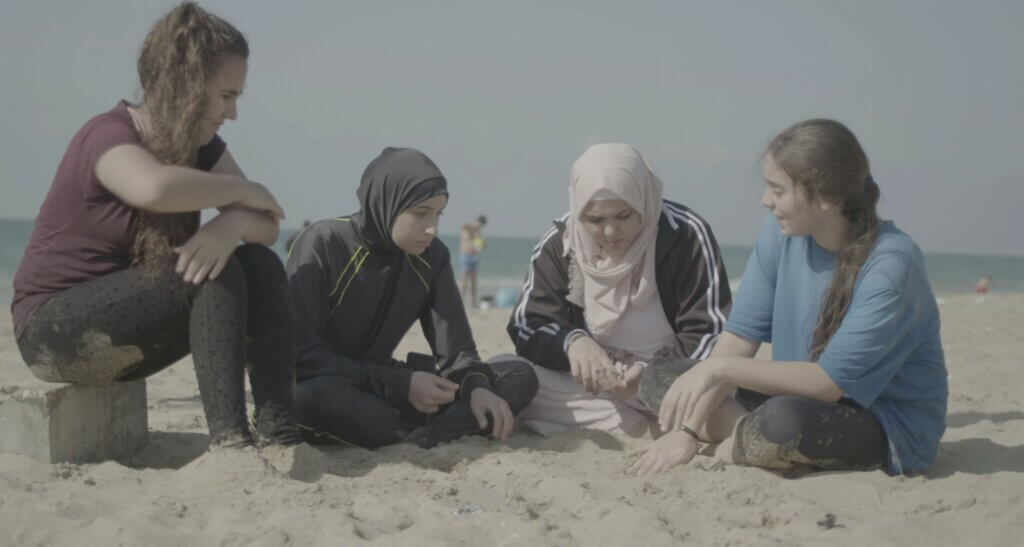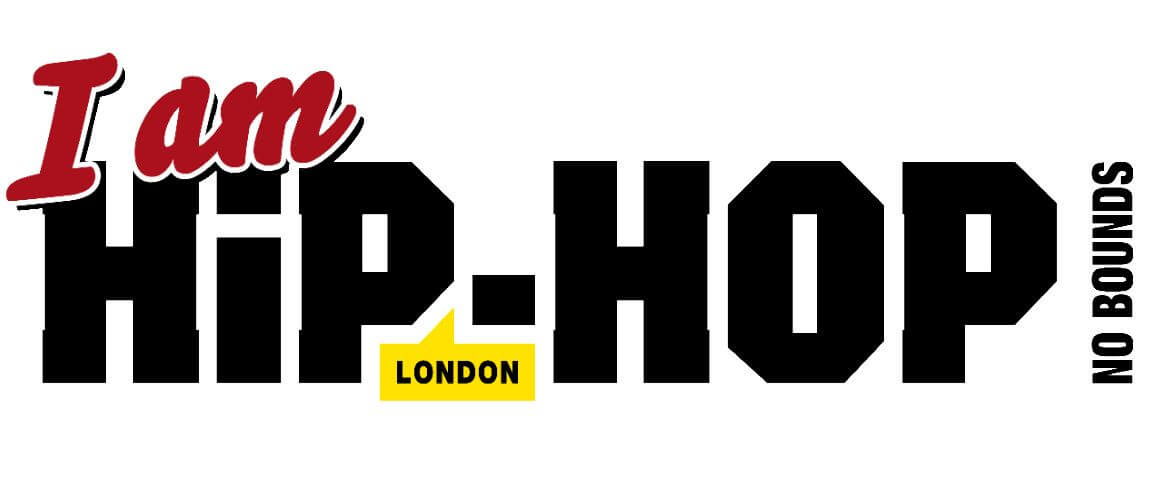
We are joined by Domiziana De Fulvio , the visionary director behind the powerful documentary “Sisterhood.” Through her film, Domiziana De Fulvio takes us on a journey to explore the lives of women’s street basketball teams in different parts of the world, uncovering the inspiring stories of empowerment, solidarity, and sisterhood. Today, we have the privilege of delving into the inspiration behind the documentary, the challenges faced during filming in three diverse locations, and the significance of the title “Sisterhood” in conveying its profound themes. Domiziana De Fulvio also shares insights into the collaboration with Oracy, whose music enhances the storytelling in the film and its accompanying video clip. Join us as we unravel the layers of this remarkable project and its impact on audiences worldwide.
What inspired you to create the documentary “Sisterhood” and explore the lives of women’s street basketball teams in different parts of the world?
The project originated from a personal point of view. Street culture, which contributed to my education in film, art, and real life, sparked my interest in the various aspects of women’s group aggregation. Experiencing firsthand the beginning of a sports activity, basketball, in adulthood, I found it interesting to search for affinities and points of union with the other realities I encountered. Thus, before I started filming the women protagonists, I had the opportunity to get to know them on the playing field.

How did you select the three locations (New York, Beirut, Rome) for the documentary, and what were some of the challenges you faced while filming in each location?
The places came about almost by chance. The meaning of sisterhood is not random, but the places are. They represent three different women’s realities that I had the opportunity to engage with on the field as well. At first, I thought I would only tell the story of the Beirut team. I had met the Palestinian and Lebanese girls through a project called Basket Beats Borders by Daniele Bonifazi and David Ruggini, activists of Un ponte per. Through the project, the Palestinian women’s basketball team came to Rome for two years. As I got to know the young women better, I became fascinated by their experience and matured the idea of telling their stories. In the meantime, however, I won a scholarship that took me to New York. It was there that I met the Ladies Who Hoop. I then began to think it would be interesting to tell the realities of the three teams to highlight the concept of sisterhood. At different latitudes, three different women’s basketball teams had emerged with very similar approaches to the game and certain issues but also different needs. The biggest challenge was setting up the production machine, but thanks to the girls and the small crew, it was a fantastic experience. In Rome, it was very difficult to narrate the crew because it was also my reality, so there was a strong emotional component.
In New York, it was difficult because, for economic reasons, we had to shoot in a few days, which is really a challenge for a documentary! Going to Shatila was powerful for me and my traveling companions Nicolò Biarese (DOP) and Michal Kuligoeski (sound). You know the history of the camp, but when you get there, it is something else, and you realize that the situation is hyper-complex.
In the Shatila camp, there have been refugees for 50–60 years. There are people, like the girls you see in the documentary, who have never seen Palestine and will never see it, just as they will never see many of their relatives, friends, and friends of their parents. These people are not given papers and are denied the opportunity to pursue certain studies or simply to work to support themselves and their families. Because in Beirut and Lebanon, there is a social stigma attached to just being Palestinian. For them, sports, and the one they have created thanks to BBB, is not only a “safe” and escapist space, but it is also the one that, as of now, allows them to travel, learn about new realities, and carve out moments of “normalcy.”
Can you tell us more about the significance of the title “Sisterhood” and how it ties into the themes of empowerment and solidarity in the film?
I chose “Sisterhood” as my title to merge the kind of culture that formed me with some of the feminist theories of the 1970s. “Sisterhood is Powerful” was the title of a book written by Robin Morgan. The sisterhood described by Mo at the beginning of the documentary refers to African-American culture. But it’s also the one I wanted to shed light on with my work: sisterhood as a family model. Often, they find sisters or brothers even outside blood ties. The family can also be all the community of people that we create around ourselves and with whom we feel good. It is not uncommon for friends to become like sisters. Deep relationships are born with them, dictated by affinities, intellectual interests, and shared struggles. In defiance of all those who declare that there is only one family, the natural one. The intent was to show that there are alternative models. The documentary features valuable international repertoire footage showcasing the struggles of women throughout history.
How did you decide which historical events and demonstrations to include, and what message were you trying to convey through this juxtaposition?
No, the documentary contains only images that we shot in different cities. The video clip, on the other hand, is made up of archive images of feminist struggles from the 70s to the present day in different parts of the world. It is as if Oracy made a space-time journey to mark that… we still have to fight together!
Oracy’s song “Sisterhood” serves as the soundtrack to the documentary and now has its own video clip. Can you share the process of collaborating with Oracy and how her music enhances the storytelling in the film?
Oracy composed the final song of the documentary, and I think this adds value. Oracy managed to write a text that encompasses all the themes and spirit of the film even before seeing the finished documentary.
The entire soundtrack of the film was edited by Valerio Vigliar, and by our choice, we decided to avoid rap music, although I am a big fan of the genre. But I was afraid of being redundant, especially given the street component, and it would have been a little obvious. For the finale, however, I wanted rap, and I wanted Oracy, so I decided to contact her via Instagram, and she was immediately enthusiastic about collaborating on the project.
As the director of both the documentary and the video clip, what were your goals in bringing together independent film and music? How do you feel the video clip deepens the exploration of the themes presented in the documentary?
I believe that collaboration between different arts is essential and that precisely because they are independent, they should be stimulated. The video clip mainly tells about the various feminist struggles that there have been and are in various parts of the world. So, here is the deepening and also the desire to research the underlying theme of the documentary: sisterhood. The editor, Francesca Bracci, and I really enjoyed working on this dialogue with archival material. We also transferred material from VHS to digital!
Self-producing the video clip must have presented its own set of challenges. Can you talk about the collaborative efforts and organizations involved in bringing this project to life?
Unfortunately, it was difficult to find a budget and the time to produce the video clip since Oracy and I live in two different countries. So, the realization was possible thanks to people who provided their professionalism, such as Francesca Bracci (also the editor of the documentary), Uliano Paolozzi Balestrini, Gianclaudio Pallotta, and some organizations such as D‑Vsion Movie People, AAMOD, Calispo Bookciak, and all the people who shared their videos with us, such as Melina Leonor, Emergents TV, Vale-Kumbamela, Cristina Petrucci, Lidia Ravviso.
The film has gained significant attention over the past two years and has even been featured on platforms like Netflix. How has the audience response been, and what impact do you hope the film and the video clip will have on viewers?
The documentary has performed very well, despite being released during the pandemic. It even recorded a week of box office receipts in a cinema in Rome, selling out on the first night! It has also been well-received on online platforms. I believe that the three teams, in their own small way, have created alternative models to what we are used to.
It is interesting to point out how the Americans do a completely unprecedented work with young girls, starting from the age of 12. Or how the Palestinian girls manage to carry out their intentions with determination and constancy. The documentary showcases these teams, while the video clip features other women. I hope that these stories serve as a stimulus to the viewers.
In “Sisterhood,” you highlight the importance of sharing, solidarity networks, and the strength found in communities. How do you envision the film and the video clip inspiring and encouraging audiences to foster these values in their own lives?
The protagonists of the two audiovisual projects primarily take care of themselves, take their own space, and do it together with other women. In a society increasingly focused on the individual and capital, their approach to life seems to me an example to follow. These sporting and informal realities, such as feminist collectives, constitute garrisons of resistance against male violence, social marginalization, and represent a strong impetus for the transformation of society.
What are your future plans for “Sisterhood” and your upcoming projects? Do you have any new topics or themes you are interested in exploring through your work?
I would like “Sisterhood” to continue to be watched, including organizing screenings in schools. I hope that the three lead teams will meet soon, and watching the documentary will spur the creation of other spontaneous groups of women who play sports, if only for fun. Most importantly, I want to continue to explore new communities and other stories of struggle and sisterhood.
Learn more about ‘Sisterhood’ Here
Rishma
Latest posts by Rishma (see all)
- NEW MUSIC | PROLIFIC WONE & MANAGE RELEASE COLLABORATIVE ALBUM “GOD EN MAN” — December 9, 2025
- ON STAGE | SADLER’S WELLS EAST TO KICK OFF FESTIVE SEASON WITH ‘EBONY SCROOGE’ BY ZOONATION — November 28, 2025
- REVIEW | SOULS OF MISCHIEF AND THE PHARCYDE LIVE AT O2 FORUM KENTISH TOWN — October 23, 2025

